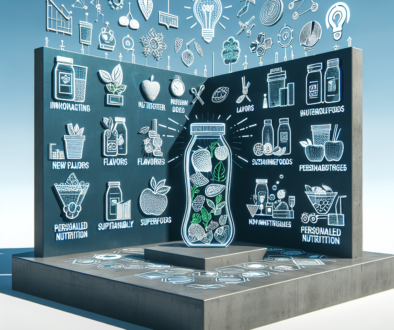Dynamic Analysis Of The Collagen Pathway To Bone And Cartilage Injuries Induced By Chronic Aluminum Intoxication In Rats Dynamic Analysis Of The Collagen Pathway To Bone And Cartilage Injuries Induced By Chronic Aluminum Intoxication In Rats
Keywords
Chronic Aluminum Intoxication,Rats,Bone And Cartilage Injuries,Collagen Pathway,Dynamic Analysis Chronic Aluminum Exposure,Rats,Bone And Cartilage Injuries,Collagen Pathway,Dynamic Analysis
Abstract
In order to explore the mechanism of collagen pathways and collagen metabolism levels in bone and cartilage damage caused by chronic aluminum exposure in rats, 100 4-week-old clean-grade Wistar rats were randomly divided into an aluminum-dyed group (430 mg¡¤L-1 Al3+) and a control group. (distilled water), dye aluminum by drinking water, kill 10 aluminum-dyed rats and control rats every 30 days, set up 5 observation points, the longest aluminum dyeing time is 150 days. At the same time, use an electronic scale to weigh the rats every 30 days Once; flame atomic absorption spectrophotometry was used to determine the aluminum content in serum, bone and cartilage; solid-phase sandwich ELISA was used to detect type ¢ñ procollagen carboxyl terminal propeptide (PICP) and type ¢ñ collagen C-terminal peptide (CTX- ¢ñ), type ¢ò collagen (collagen ¢ò) and type ¢ò collagen C-terminal peptide (CTX-¢ò) content. The results showed that the rat aluminum poisoning model was successfully replicated; with the extension of aluminum exposure time, the weight of the rats in the aluminum-dyed group increased. After 60 days, the aluminum content was significantly lower than that in the control group (p<0.01); the aluminum content in serum, bone and cartilage of the aluminum-stained group gradually increased and was significantly higher than that of the control group (p<0.01); the synthesis of PICP and type II collagen gradually decreased trend, and were significantly lower than the control group (p <0.05, p <0.01); the CTX-¢ñ and CTX-¢ò contents continued to remain at a high level, and were significantly higher than the control group after 90d and 60d of aluminum exposure respectively (p <0.01) .Indicates that long-term aluminum exposure can cause aluminum to accumulate in bones and cartilage, reduce structural collagen in bones and cartilage, and cause bone and cartilage damage. For further information of this article and research, feel free to contact our team for asssitance. Original research was done by LI Xinwei,ZHANG Lichao,HU Chongwei,GU Qingyun,LI Yanfei, Li Xinwei, Zhang Lichao, Hu Chongwei, Gu Qingyun, Li Yanfei
About ETChem
ETChem, a reputable Chinese Collagen factory manufacturer and supplier, is renowned for producing, stocking, exporting, and delivering the highest quality collagens. They include marine collagen, fish collagen, bovine collagen, chicken collagen, type I collagen, type II collagen and type III collagen etc. Their offerings, characterized by a neutral taste, and instant solubility attributes, cater to a diverse range of industries. They serve nutraceutical, pharmaceutical, cosmeceutical, veterinary, as well as food and beverage finished product distributors, traders, and manufacturers across Europe, USA, Canada, Australia, Thailand, Japan, Korea, Brazil, and Chile, among others.
ETChem specialization includes exporting and delivering tailor-made collagen powder and finished collagen nutritional supplements. Their extensive product range covers sectors like Food and Beverage, Sports Nutrition, Weight Management, Dietary Supplements, Health and Wellness Products, ensuring comprehensive solutions to meet all your protein needs.
As a trusted company by leading global food and beverage brands and Fortune 500 companies, ETChem reinforces China’s reputation in the global arena. For more information or to sample their products, please contact them and email karen(at)et-chem.com today.



